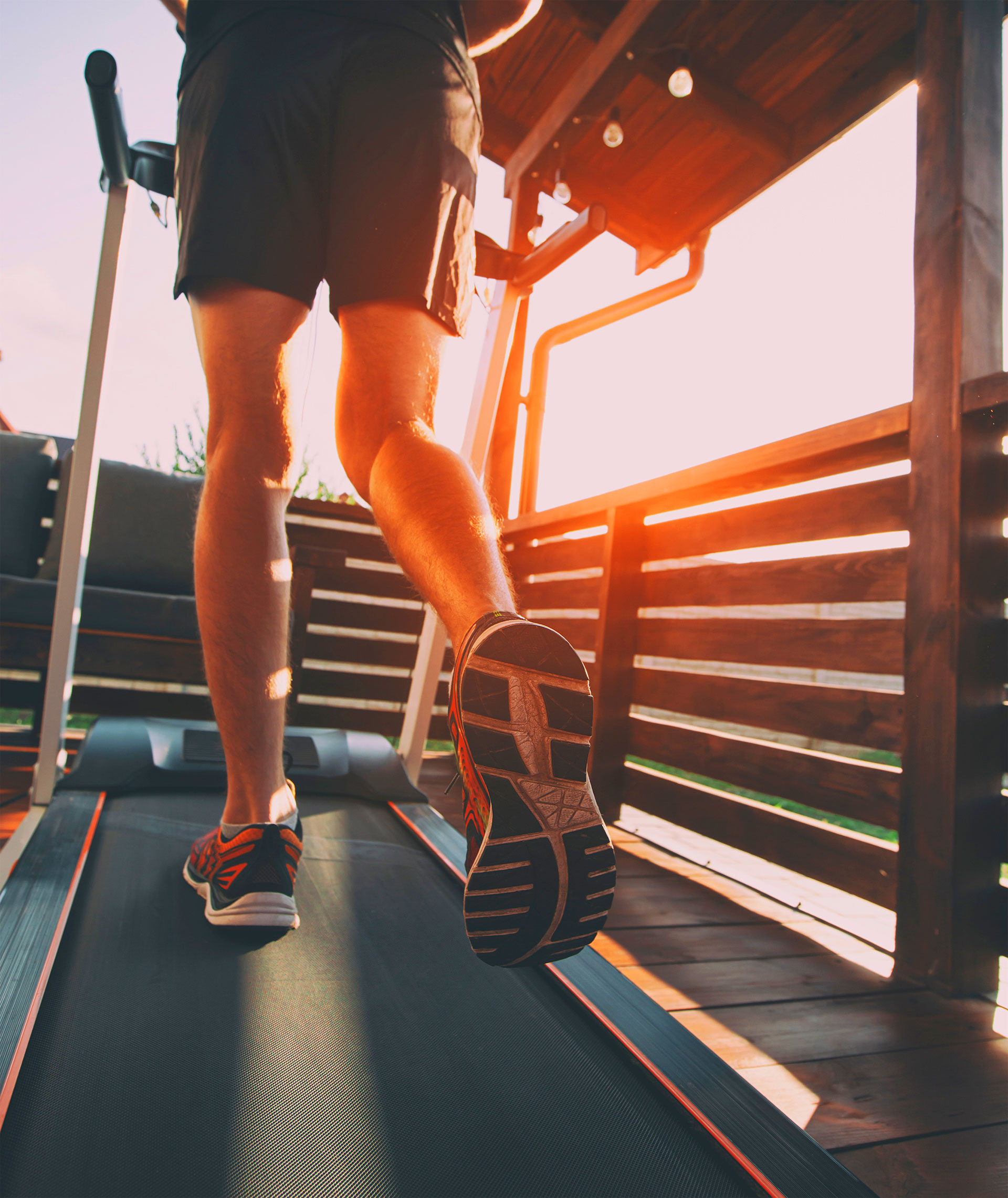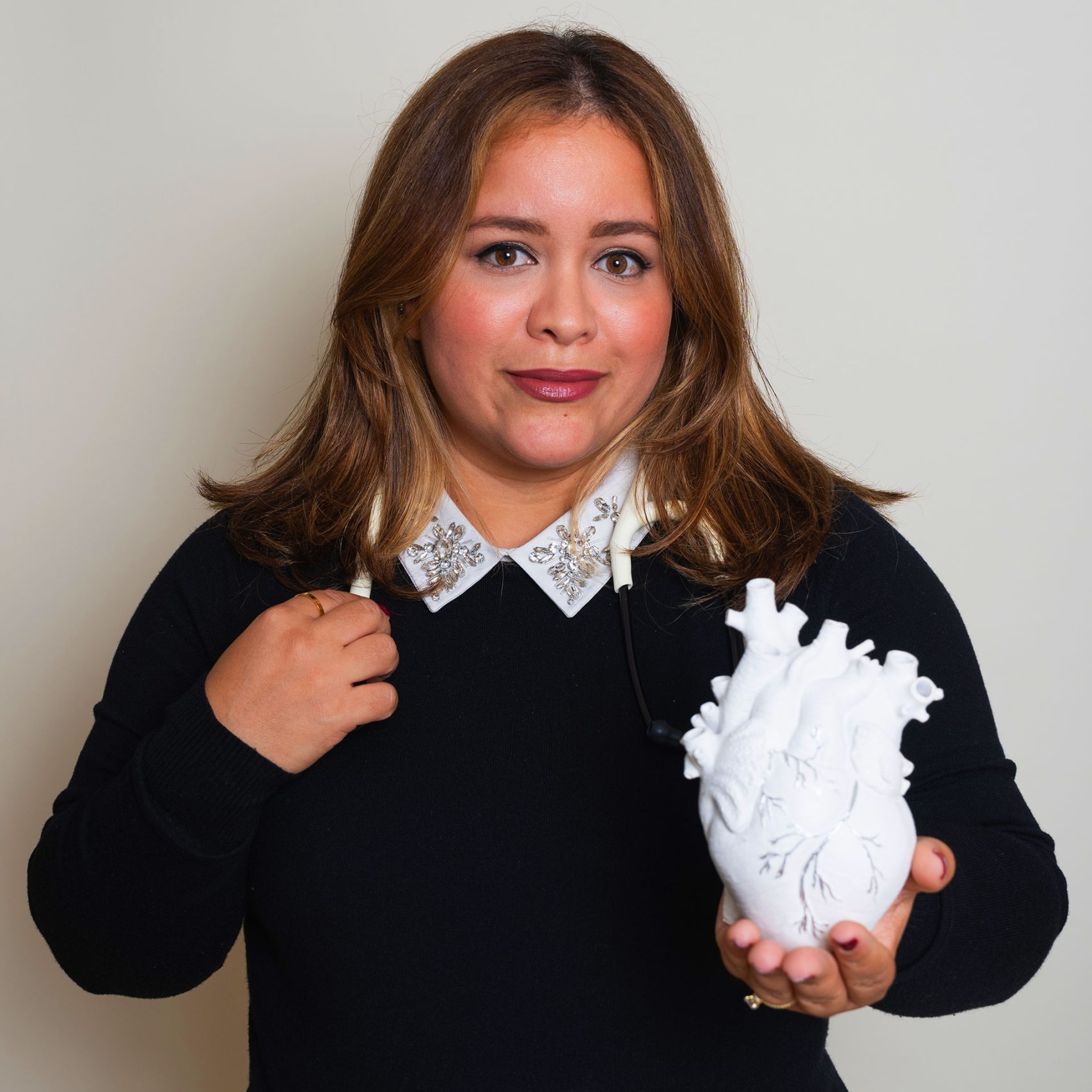Exercise: A Pillar of Longevity
Why Movement is Essential for Optimizing Health Span
Regular exercise triggers powerful physiological changes that enhance cardiovascular, neurological, and metabolic health. Movement isn’t just about fitness—it’s one of the most effective tools for longevity and disease prevention.
The Impact of Exercise on Health & Longevity
– Activates Over 9,000 Molecules: Even a single session of moderate-intensity aerobic exercise improves fat metabolism, mitochondrial function, and ATP production.
– Boosts Mental Health: Aerobic exercise reduces symptoms of depression, particularly in individuals with severe cases.
– Enhances Memory & Brain Function: Increases cerebral blood flow, supporting memory and cognitive function in older adults.
– Prevents Disease & Slows Aging: Improves muscle mass, vascularization, and oxygenation, helping to maintain mobility and resilience.
– Preserves Strength & Bone Health: Without strength training, adults lose 1% of muscle mass and 3% of muscle strength per year after age 50, accelerating bone loss and increasing fall risk. Hip fractures in older adults have a mortality rate of 22-58% within one year.
– Regulates Metabolism & Blood Sugar: More muscle mass improves insulin sensitivity and lowers diabetes risk.
– Lowers Mortality Risk: Higher muscle mass is linked to a 30% reduction in overall mortality.
– Supports Skin Health: Resistance training helps slow skin aging.









